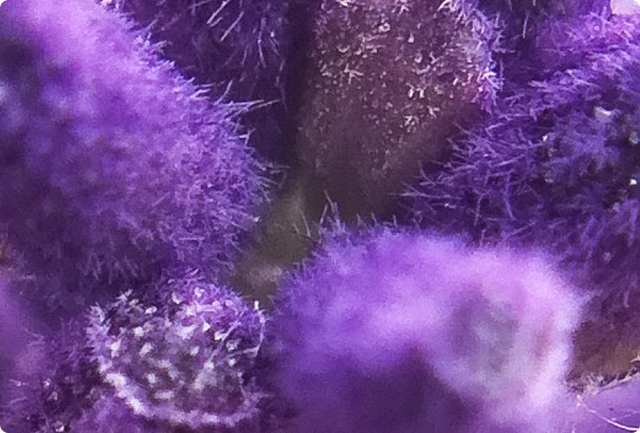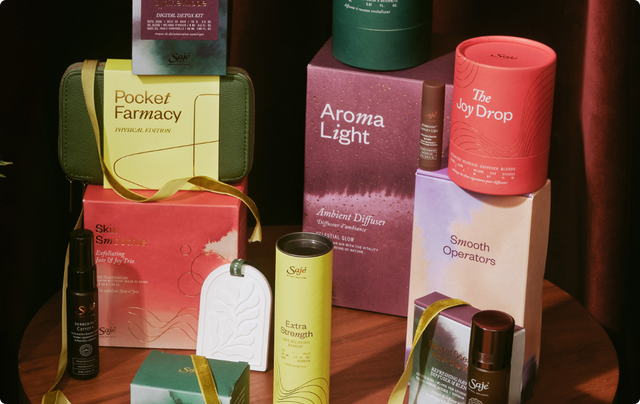About the Oil
Sweet Birch essential oil, derived from the bark of the Betula lenta tree, has a distinctively crisp, minty, and wintergreen-like scent thanks to its exceptionally high content of methyl salicylate. Long used in North American folk medicine, this oil offers powerful analgesic, anti-inflammatory, and circulation-boosting properties. While often confused with wintergreen, sweet birch holds its own legacy — especially in muscular and joint care.
Why You Would Use Sweet Birch Essential Oil
You might reach for Sweet Birch oil to:
- Ease joint and muscular pain
- Boost circulation and warm cold limbs
- Relieve tension in the head, neck, or shoulders
- Help with detoxification by stimulating lymphatic flow
- Add a bold top note with deep minty warmth to a blend
Clinical Findings
| Study | Participants & Methods | Key Results | Reference |
|
Phytochemical analysis of essential oils in Betula lenta |
GC-MS of essential oils from multiple birch samples |
Methyl salicylate accounted for >96% of oil content in most samples, with strong antioxidant potential and notable biological activity |
Mahiza n et al., 2022. Plants |
|
Comparison of traditional vs. commercial birch oil |
Analysis of essential oil yield and content |
Authentic birch oil matched historical profiles of pain-relieving potency; adulterated samples lacked efficacy |
Mahiza n et al., 2022. Plants |
|
Antioxidant and anti-inflammatory mechanisms |
DPPH and cell-based assays on oil samples |
Sweet birch oil demonstrated ROS-scavenging activity and may help reduce oxidative stress when used topically |
Mahiza n et al., 2022. Plants |
Behind The Science (Made Simple)
The hero of sweet birch oil is methyl salicylate — a compound closely related to aspirin in structure and effect. When applied topically (and properly diluted), it:
- Inhibits cyclooxygenase (COX) enzymes, reducing inflammation and pain
- Stimulates local blood flow, helping relieve muscle tension
- Exhibits antioxidant activity, supporting tissue recovery
Thanks to its rapid absorption and warming sensation, birch oil is a natural fit for deep tissue massage blends, headache relief balms, and post-exercise recovery.
How and Where It Grows
Betula lenta, or sweet birch, is native to the Appalachian Mountains and eastern North America. The essential oil is extracted via steam distillation of the inner bark, typically from sustainably harvested trees in the U.S. northeast. Due to overharvesting concerns, ethical sourcing and verification of purity are essential in today’s marketplace.
Use in Ancient Medicine
Native American tribes used infusions of birch bark for joint pain, fevers, and skin infections, capitalizing on its warming, purifying nature. Sweet birch was also brewed into traditional tonics and applied externally for wounds and sore muscles. These early applications are echoed in its modern use as a topical analgesic and detoxifying agent.
Symbolism
Sweet birch represents renewal, purification, and vitality. It has long been associated with springtime energy — clearing out the old and inviting the new. Its scent evokes clarity, motivation, and a sense of fresh starts, making it a beautiful tool for emotional clearing and grounded energy.
INFORMATION provided is intended for informational purposes only and is not meant to diagnose, treat, cure, or prevent any disease. Statements have not been evaluated by Health Canada or the FDA. Please consult a qualified healthcare provider before using essential oils for therapeutic purposes.
References
- Mahizan, N. A., Yang, S.-K., Moo, C.-L., Song, A. A.-L., Chong, C.-M., Chong, C.-W., & Yap, W.-S. (2022). Phytochemical Profile, Antioxidant Activity and Biological Effects of Sweet Birch (Betula lenta) Essential Oil: A Study of Methyl Salicylate-Rich Chemotype. Plants,11(2132). https://doi.org/10.3390/plants11162132
- Tisserand, R., & Young, R. (2014). Essential Oil Safety: A Guide for Health Care Professionals (2nd ed.). Churchill Livingstone Elsevier.
- Higley, C., & Higley, A. (2018). Reference Guide for Essential Oils. Abundant Health.
- Lawless, J. (2013). The Encyclopedia of Essential Oils: The Complete Guide to the Use of Aromatic Oils in Aromatherapy, Herbalism, Health, and Well Being. Conari Press.
- Worwood, V. A. (2016). The Complete Book of Essential Oils and Aromatherapy, Revised and Expanded: Over 800 Natural, Nontoxic, and Fragrant Recipes to Create Health, Beauty, and Safe Home and Work Environments. New World Library.
- Rastogi, S., Pandey, M. M., & Kumar Singh Rawat, A. (2015). Medicinal plants of the genus Betula--traditional uses and a phytochemical-pharmacological review. Journal of ethnopharmacology, 159, 62–83. https://doi.org/10.1016/j.jep.2014.11.010
- K.Husnu Can Baser & Betul Demirci. 2007 Studies on Betula essential oils. Department of Pharmacognosy, Faculty of Pharmacy, Anadolu University, Turkey.







